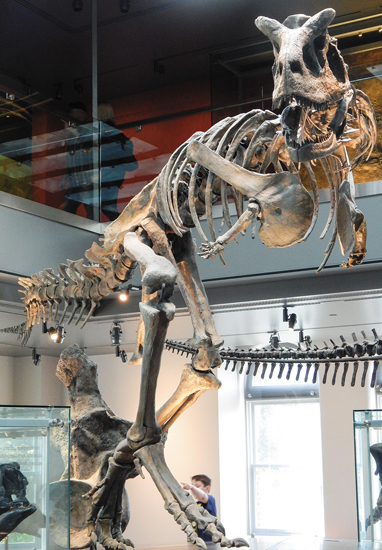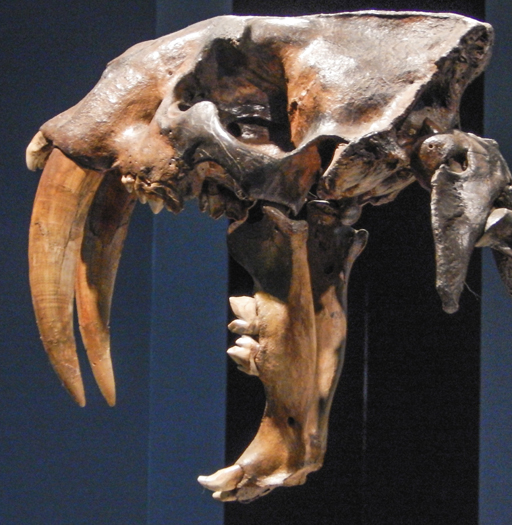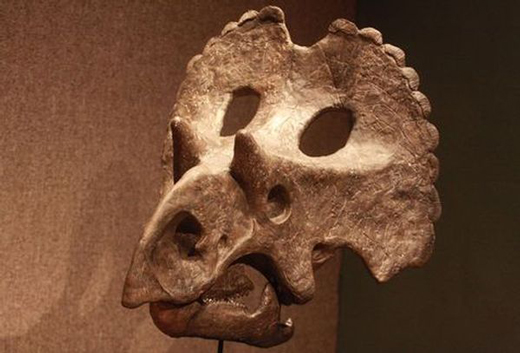A Review of “Giants of the Lost World”
“Giants of the Lost World” Reviewed
Everything Dinosaur team members take a look at a new book entitled “Giants of the Lost World” that documents the amazing dinosaurs and prehistoric animals that lived in South America.
The fauna and flora of South America has always fascinated scientists and academics. Animals that are around today, such as the giant otter, the bizarre peccary, anacondas and the jaguar, which pound for pound has the strongest bite of any living big cat, are mere shadows of what was once an astonishing menagerie, the likes of which were found nowhere else on Earth.
The public’s imagination has been fuelled by tales of the monsters that once roamed this continent. American palaeontologist and author Donald Ross Prothero builds on this legacy in his new book “Giants of the Lost World” which documents and describes the incredible prehistoric animals that once dominated South America, many of which truly deserve the mantle of “monsters”!
The Front Cover of “Giants of the Lost World”
Picture credit: Smithsonian Books
A Window into a Lost World
Professor Prothero gently guides the reader through the history of research and study of the many extinct prehistoric animals of South America, but first he sets the scene. He discusses the work of Sir Arthur Conan Doyle who wrote the adventure story “The Lost World” in 1912. In Conan Doyle’s tale, plucky Professor Challenger leads a party of explorers to the top of a remote and isolated plateau discovering that dinosaurs and flying reptiles had survived into the 20th century.
This influential novel has been the basis of many films, radio programmes and television series. Sir Arthur was very probably inspired by the accounts of his good friend Percy Harrison Fawcett, who led an expedition to the Huanchaca Plateau (Bolivia) and encountered many strange animals that live atop the rocky plateau which rises upwards of nine hundred metres above sea level.
In truth, the non-avian Dinosauria and their kin are long gone, but the fossil assemblage left behind documents a remarkable prehistoric fauna, that once helped shape the thinking of Charles Darwin. The largest land animals known to science (titanosaurs) and some of the huge carnivores that preyed upon them, are discussed and the author skilfully updates readers on the fascinating debate about which was the biggest land carnivore of all – look out for the section comparing mega-sized carcharodontosaurids with the equally impressive spinosaurs.
South America was home to a whole host of unusual meat-eating dinosaurs from the stumpy-limbed Alvarezsauridae with their reduced digits, to the “raptors”, ferocious deinonychosaurs and the truly odd, apex predators, the abelisaurids. This book is crammed full of fascinating facts and information that will delight both dinosaur fans and the general reader.
One of South America’s Unusual Giant Theropods – Carnotaurus (C. sastrei)
Picture credit: Smithsonian Books
Beautiful Illustrations, Photographs and Full Colour Plates
“Giants of the Lost World” is jam-packed with photographs, colour plates and beautiful illustrations. Look out in particular for the detailed images included in this most informative text by the very talented Nobumichi Tamura.
We congratulate the author, for his provision of helpful notes and explanations that accompany the images and the very straight-forward and matter-of-fact manner in which he tackles quite complex and challenging areas of current palaeontological research, such as unravelling the family tree of the Sloths and their relatives (Xenarthra). After all, who can’t help but be intrigued with chapter titles such as “Killer Opossums”, “The Slow Folk” and “Pseudo-Elephants”!
To purchase this very well written and highly informative volume: Smithsonian Books.
As a specialist in mammalian evolution, Professor Prothero is an ideal candidate to document and explain the evolutionary history of the marsupials and placentals that once thrived in South America. Some of these strange creatures migrated northwards, when South America’s isolation ended around three million years ago. You might be familiar with the Smilodon fossils of the La Brea tar pits of Los Angeles, but the largest of the Smilodon species was a resident of the southern portion of the Americas (S. populator), it would have dwarfed the Sabre-toothed cats of the United States and was one of the largest felids to have ever lived.
For replicas and models of South American prehistoric animals and other extinct creatures: PNSO Age of Dinosaurs Models.
A Colour Plate from the Book Illustrating the Skull and Huge Canines of Smilodon
Picture credit: Smithsonian Books
“Giants of the Lost World”
The dinosaurs did not hold the monopoly when it came to giant reptiles. After the demise of the “terrible lizards”, new reptilian monsters evolved. The immense fossilised shell of a super-sized turtle (Stupendemys), is proof that monstrous reptiles lived in South America as recently as five million years ago.
The bus-sized Titanoboa is discussed in detail and for fans of crocodiles, this book has plenty to sink your teeth into too. You might be familiar with apex predators such as the fourteen-metre-long “super caiman” Purussaurus, known from Colombia, Brazil and Peru, but “Giants of the Lost World” contains one or two crocodilian surprises as well. Check out the curious Mourasuchus, which matched Purussaurus in terms of size, but it may have fed in a similar way to a giant duck!
Everything Dinosaur’s Well-Thumbed Copy of “Giants of the Lost World”
Picture credit: Smithsonian Books
This highly informative and well-written book draws to a close with an epilogue that takes a sanguine tone, reflecting on the threats to the existing wildlife of South America, much of which is critically endangered. Professor Prothero concludes that the extant animals and plants of this enigmatic continent may only be a shadow of a once mighty and monstrous assemblage, but there is still time to reverse the habitat destruction and climate change that threatens to erase the remnants of an amazing biological legacy.
This excellent book does much to raise awareness concerning the diverse and eclectic cast of prehistoric characters that once roamed South America. Highly recommended.
The book can be purchased here: Smithsonian Books.
Book Details:
Title: “Giants of the Lost World: Dinosaurs and Other Extinct Monsters of South America” by Donald R. Prothero.
Publisher: Smithsonian Books
Pages: 174 with 16 colour plates
ISBN: 9781588345738
Visit Everything Dinosaur’s website: Everything Dinosaur.








